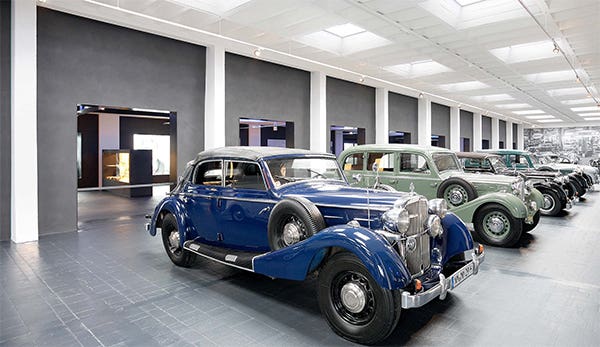Old Cars Q&A: 2021 no. 7
Kit Foster answers all of your old car questions. This time around he talks about under-body floor pans and battery tenders.
Q. In response to the Pontiac jack storage and trunk floor pan question (“Q&A,” Nov. 12, 2020), I have never seen a bumper jack retainer in a pre-1949 GM car. In fact, I don’t even remember seeing a factory bag for jack storage. I believe if one was used, it was furnished by the owner.
The under-body floor pan varied from make to make for the Fisher “A” body. There were differences due to various frames and rear suspension used. The 1941-’42 Oldsmobiles with “A” bodies and coil springs in the rear had large top-of-the-spring supports on the frame, and they caused larger humps in the trunk compartment. Also, Fisher Body Division of GM would have had nothing to do with the jack and tool equipment.
In 1949, Chevrolet devised the first jack hold-down device. The jack and lug wrench were tied down to the floor by a long coil spring, and hooks attached it to the floor. Prior to 1949, Chevrolet placed the jack and tools in a large sealed cardboard box placed in the trunk at the factory. The tools consisted of the jack and handle, screwdriver, adjustable wrench, pliers, hammer, open-end wrench, spark plug wrench and a wheel lug nut wrench. Earlier, in the 1930s, there was also an oil can and later two open-end wrenches and a Phillips screw driver. The hand tools were discontinued as standard equipment, but were available as an accessory in 1949. The last year they were available was 1966.
The late-1947 and all 1948 Chevrolet club coupes and convertibles no longer had a shelf over the spare tine, but rather a round wood disc the size of the wheel that clipped onto the top of the spare wheel to protect luggage placed on top of it. I assume that Pontiac would have had it also. — Gene Schneider, West Allis, Wis.
A. Regular readers will know Mr. Schneider had a long career with Chevy dealerships in Wisconsin and is pretty much the last word on the cars and their parts. This extends to familiarity with other GM makes. John Gunnell and I were on the right track, I see, but it’s very helpful to have an opinion with greater authority and much more detail. Thanks, as always, Gene!
Q. I read with interest Bill Harper’s article on battery tender chargers (July 9, 2020). I had the same problem where it boiled dry and ruined a perfectly good battery. I have two of them and will not use either one. I have since switched to Schumacher chargers and my problems are gone. I have used them for many years and never lost a battery to them. I have a generator in my barn as back-up power. It has a heavy-duty car battery attached and the charger has been plugged in non-stop for years. Every so often, I test the generator and the diesel motor starts with no issues. I have four varieties of Schumacher chargers and all have been great. — David LeFeber, Hartford, Wis.
A. Thanks for sharing your experience. I’m somewhat of a Luddite when it comes to battery chargers. I recall mercury-vapor rectifiers that were still in use when I was young. My current workhorse is a 6-amp 6/12-volt Schauer that I bought in the 1970s.
Q. I have several cars that I keep on trickle chargers most of the year and I’ve read several articles about different types and brands of chargers. My question now is whether or not I should buy a premium battery or the entry-level battery. — Jay Harrison, Dallas, Tex.
A. Whether you’re referring to a battery tender, as discussed in the column before, or a simple trickle charger, I don’t feel that’s justification for skimping on a battery. Even if it’s left home on a full charge, you do want it to perform well in all situations and in all places, and you want it to last for many years. In my impecunious youth I often bought “entry level” (cheap) batteries. These days, for both collector cars and everyday cars, I buy a “good” battery, perhaps not top of the line, but I look at the battery specs in terms of cold cranking amps and the so-called guarantee terms.
I notice that some collectors use Optima batteries, and while I gather that they perform well, they just don’t look right in an old car. At one time DieHard was a respected brand, but over time there came several “levels” of DieHard, which suggests they became like all the rest. I see that Advance Auto now carries them, so the downward spiral of Sears hasn’t had a great influence on their availability.
What do I use? For the last few years I’ve been buying my batteries from NAPA. They perform well and are available in many sizes that others do not offer, like the 6-volt Group 2 that was OEM for my 1925 Hudson and 1926 Franklin. They also have that understated look of old-time batteries. Although the logo is prominent, the case is black and very plain, appropriate for an old car.
*As an Amazon Associate, Old Cars earns from qualifying purchases.








